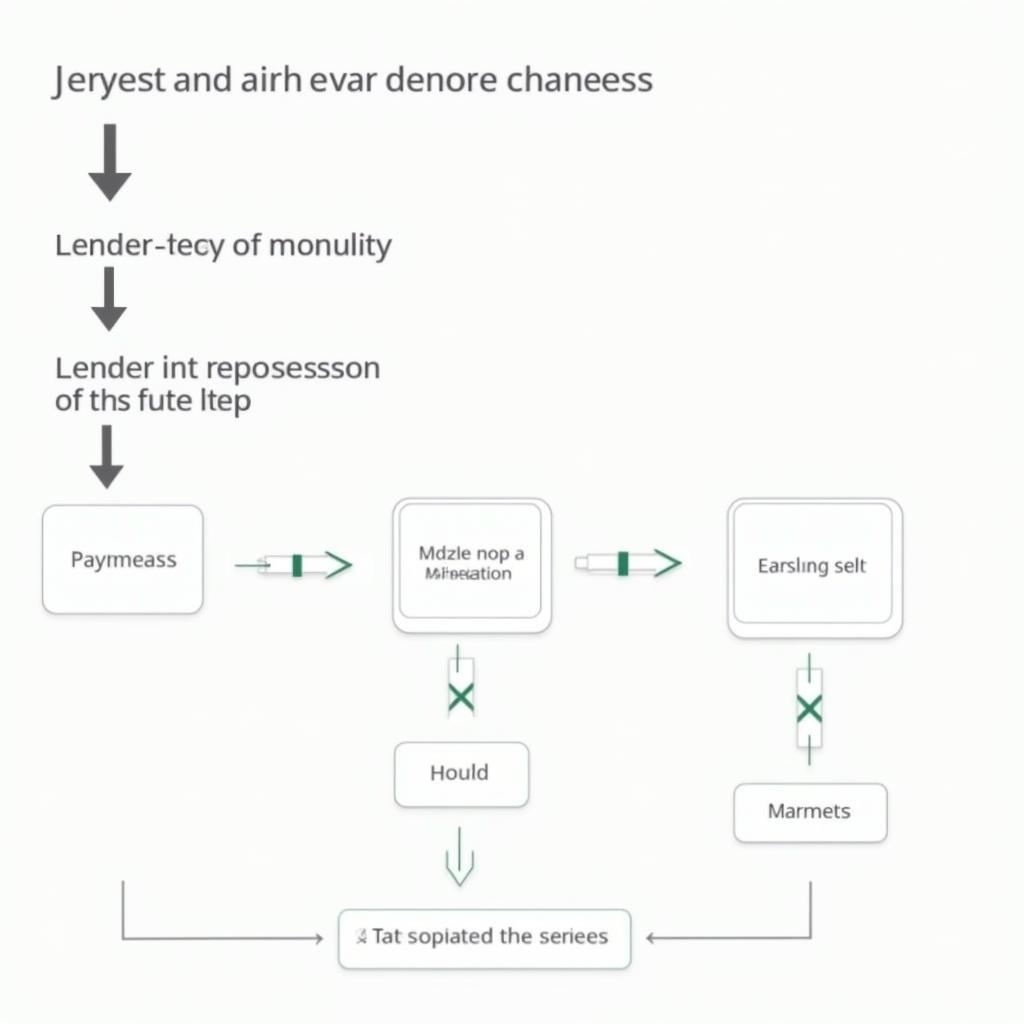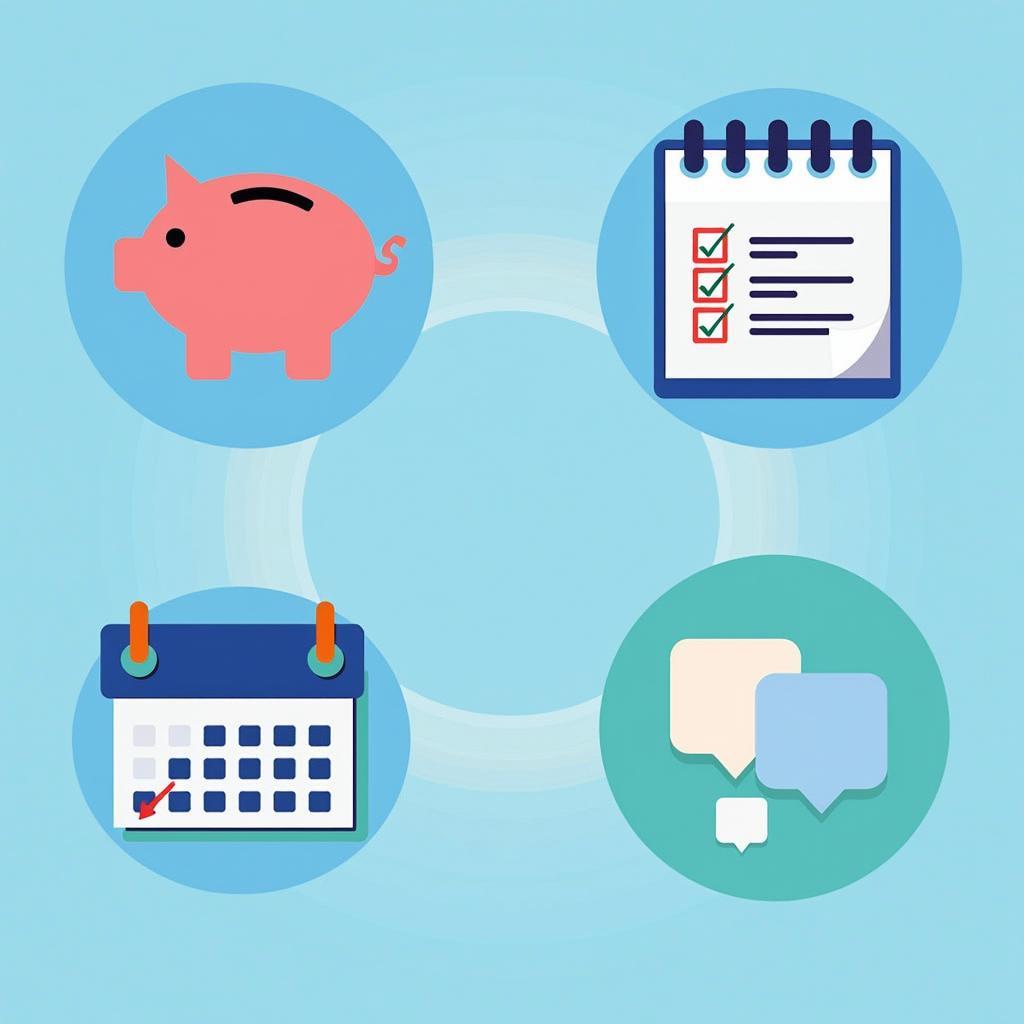Auto Repossession Service is the process of a lender taking back possession of a vehicle after a borrower defaults on their loan agreement. This can happen for various reasons, such as missed or late payments, failure to maintain insurance, or violation of loan terms. While facing repossession can be stressful, understanding the process and your rights is crucial.
Understanding the Auto Repossession Process
Repossession is typically a last resort for lenders. They are legally obligated to attempt to contact you and resolve the issue before initiating repossession.
 Car Repossession Process Flowchart
Car Repossession Process Flowchart
Here’s a breakdown of the process:
- Missed Payments: When you miss a payment, your lender will typically send you a notice reminding you of the due amount and potential consequences.
- Default: If you fail to bring your account current within a specific timeframe, your loan will go into default.
- Repossession Notice: Your lender will send you a formal notice stating their intent to repossess your vehicle if you don’t take action.
- Repossession: If you haven’t made arrangements with your lender, a repossession agent will locate and take possession of your vehicle.
Your Rights During Auto Repossession
While lenders have the right to repossess your vehicle under certain circumstances, you are also protected by specific legal rights:
- Breach of Peace: Repossession agents cannot use physical force, threats, or cause a disturbance while repossessing your vehicle.
- Right to Retrieve Personal Belongings: You have the right to retrieve personal belongings from the repossessed vehicle.
- Redemption Rights: In some cases, you may be able to reclaim your vehicle by paying off the full outstanding loan balance, along with any repossession fees.
 Understanding Your Legal Rights During Repossession
Understanding Your Legal Rights During Repossession
What to Do If Your Car Is Being Repossessed
Facing auto repossession can be daunting, but there are steps you can take to navigate the situation:
- Communicate with Your Lender: Contact your lender as soon as you realize you might miss a payment. They may be willing to work with you on a payment plan or alternative solution.
- Understand Your Loan Agreement: Carefully review your loan documents to understand the terms and conditions related to default and repossession.
- Seek Legal Advice: If you believe your rights have been violated or you have questions about the process, consult with a legal professional specializing in auto repossession.
Preventing Auto Repossession
Prevention is always better than cure. Here are some tips to avoid auto repossession:
- Budget Wisely: Create a realistic budget to ensure you can afford your monthly car payments.
- Communicate with Your Lender: If you anticipate financial difficulties, reach out to your lender proactively to discuss options.
- Consider Voluntary Repossession: In situations where keeping the car is no longer feasible, voluntary repossession can be a less damaging option for your credit score.
 Tips to Prevent Your Car from Being Repossessed
Tips to Prevent Your Car from Being Repossessed
Auto Repossession and Your Credit
Auto repossession can significantly impact your credit score. It can remain on your credit report for up to seven years, potentially affecting your ability to secure loans or favorable interest rates in the future.
It’s important to take proactive steps to rebuild your credit after a repossession, such as:
- Paying Down Debt: Focus on reducing your overall debt load to improve your credit utilization ratio.
- Establishing a Positive Payment History: Make all payments on time for any remaining debts.
- Monitoring Your Credit Report: Regularly review your credit report for errors and dispute any inaccuracies.
Conclusion
Navigating the complexities of auto repossession requires knowledge and awareness of your rights and responsibilities. While it is crucial to understand the process and its potential consequences, taking proactive steps and seeking professional guidance can help you navigate this challenging situation effectively. Remember, communication and early intervention are key to protecting your interests and financial well-being.


